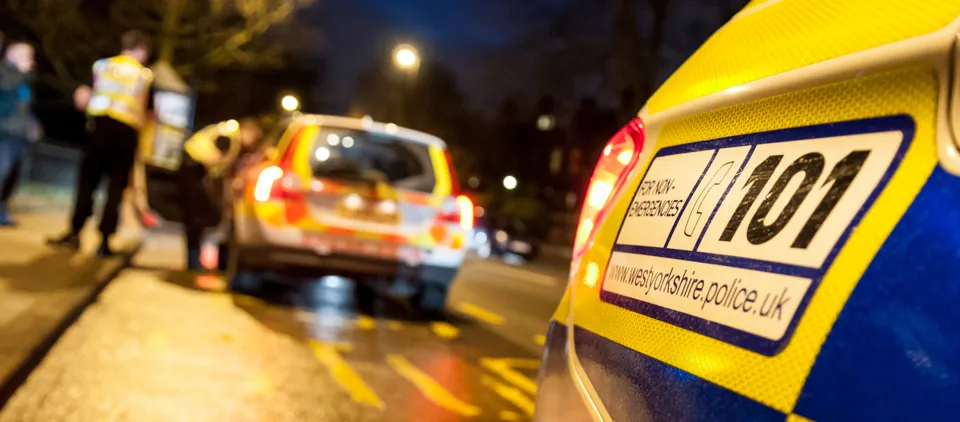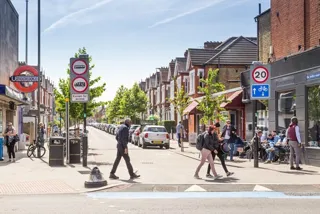West Yorkshire Police is launching a Vision Zero initiative to eliminate road deaths by 2040.
The initiative has been put in place following the deaths of 65 people and more than 5,000 serious injuries on the roads of West Yorkshire last year.
West Yorkshire Police describes Vision Zero as an “ambitious casualty prevention strategy” which seeks to introduce a safe system of design and operation that integrates roads, vehicles, and road users in such a way that safety is maximised.
The emphasis of Vision Zero is on positively influencing driver behaviour to reduce risk, wherever possible, with more punitive approaches being reserved for repeated or more serious levels of offending.
Through this approach, West Yorkshire Police seeks to lower road casualty numbers year-on-year towards 2040 thereby preventing the human tragedies that impact on victim’s their families and the wider community.

Paul Jeffrey, West Yorkshire Police head of prosecutions and casualty prevention unit, said: “The 65 deaths and 5,000 serious injuries last year make it clear a new approach is needed.
“The Vision Zero approach has delivered results in other locations, and we believe it will build on traditional approaches to casualty prevention and lead to significant improvements in the safety of our road network.”
Based around the delivery of five ‘pillars’ of: Safe Speeds, Safe Roads, Safe Vehicles, Safe Road Users and Post-collision Response, Vision Zero will bring together local authorities, West Yorkshire Police and other stakeholders, to reimagine how road networks are developed with user safety as a priority.
Excess speeding contributed to over 17% of incidents
Driver training provider TTC will be supporting West Yorkshire Police for speed awareness courses for those caught as an alternative to prosecution, where appropriate.
Excess speed contributed to more than 17% of crashes resulting in serious injury and 29% of collisions resulting in a fatality.
The Force said it is committed to promoting safe speeds across the whole network, and not just in the vicinity of enforcement cameras.
Consequently, the Force has stopped the routine use of speed enforcement warning signs at every enforcement site in the county and has also introduced enforcement at community concern sites that may be unannounced.
It has delivered a public information campaign which warns drivers that camera operations may be undertaken in unexpected locations.
It also aims to encourage drivers to routinely drive within the speed limits and appropriate to the conditions, rather than drivers slowing down simply because they know or anticipate camera enforcement will be taking place at a location.
Jeffrey added: “In publicising the fact that we will now be monitoring speed across the whole county and not just at the higher-risk sites, we aim to put safe and responsible driving at the forefront of motorists’ minds on every journey, thereby lowering the risk of deaths and injuries as we do so.”
- Fleet & Mobility Live on October 3 & 4 will feature sessions on each day specifically focussed on helping fleets improve safety for their drivers. For more information see www.fleetandmobilitylive.com/register-your-interest-2023






















Login to comment
Comments
No comments have been made yet.